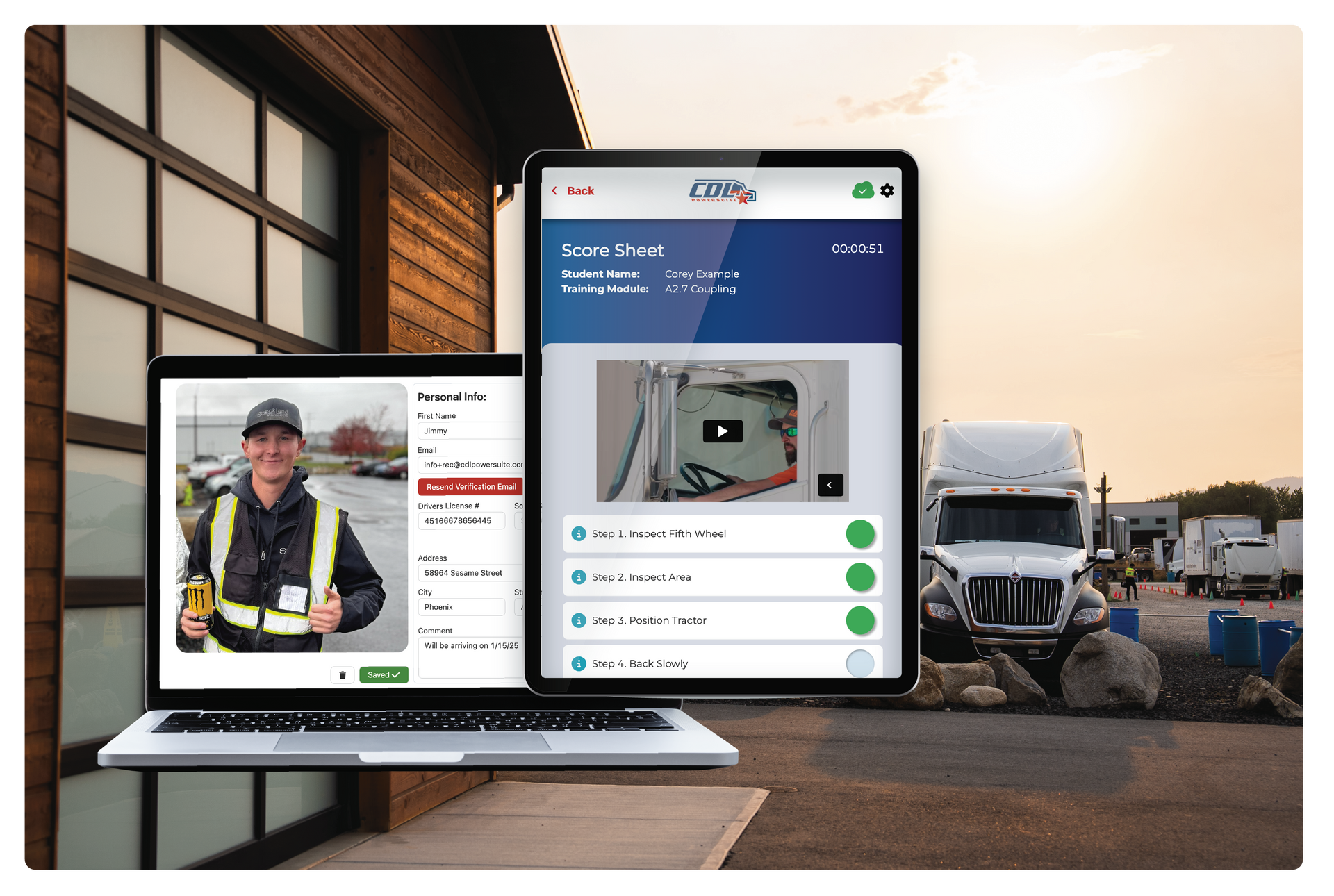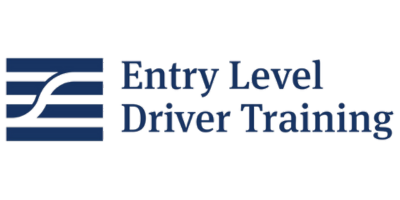CDL Training Curriculum & Management Tools for In-House Training Providers
Setting up an internal CDL training program allows carriers, fleets, municipalities and logistics companies to train drivers in-house, ensuring FMCSA compliance while preparing trainees for real-world job demands. Whether your goal is to improve safety, reduce hiring costs, or create a pipeline of well-trained drivers, following CDL Training industry best practices will help optimize your program for success.

How to Be An In-House CDL Training Provider:
- Be a registered training provider on the FMCSA Training Provider Registry (TPR).
- Employ at least one qualified CDL instructor with appropriate driving experience.
- Follow an ELDT training curriculum that includes theory and behind-the-wheel (BTW) training.
- Accurately document training hours and submit student progress to FMCSA.
CDL PowerSuite Manages In-House CDL Training Every Step of the Way
CDL PowerSuite provides everything you need to create your internal or in-house CDL Training Programs—pre-built, FMCSA-compliant training curriculum, digital student progress tracking, and automated TPR submissions.
Online ELDT Theory Quizzes
Pre-Built FMCSA-Compliant Curriculum:
CDL PowerSuite provides all required ELDT training materials, ensuring compliance from day one.
Automated TPR Submissions:
Our platform submits student records directly to FMCSA’s Training Provider Registry, reducing administrative workload.
Digital Compliance Tracking:
Keep all student records, training logs, and FMCSA-mandated documents in one secure location.
ELDT Behind-the-Wheel Training Tools
Instructor Portal:
Allows trainers to log student proficiency, provide feedback, and maintain compliance with ELDT standards.
Training Modules:
Pre-loaded with all FMCSA required ELDT training modules for instructors to facilitate during their BTW education.
Automated Time Logs:
Ensure accurate recordkeeping for FMCSA-mandated BTW training hours.
Real-Time Proficiency Tracking:
Provide transparent progress tracking for students, instructors, and administrators.





